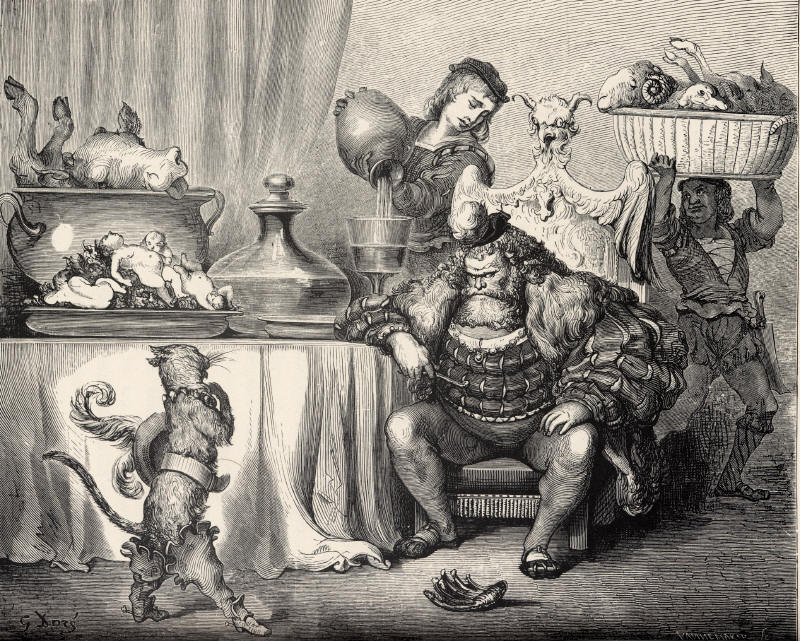|
Ke'let
Ke'let (singular ke’le) are a type of evil spirit or ogre in Chukchi mythology, also sometimes known as Re'kkenit. Types Sometimes all spirits were known as ke'let, but generally the word refers to an evil spirit, while benevolent spirits are called va'irgin ("being"). The term can refer to various kinds of beings in Chukchee mythology and folklore. In various contexts, "ke'let" referred to spirits summoned by shamans, personifications of death and disease, or cannibal giants similar to ogres in other cultures. There was overlap between these different types. The term ke'let could also be used for the nymph-like nature spirits of rivers or lakes. Manfred Lurker rendered the name as “Ke’lets” and called it “a demon of death” which “hunts men down, accompanied by dogs.” The spelling of the name and the depiction as a singular, male demon do not match any other sources. Cannibals Ke'let often appear as cannibalistic giants in Chukchi folktales. There are both m ... [...More Info...] [...Related Items...] OR: [Wikipedia] [Google] [Baidu] |
Keelut
Qiqirn is a large, bald dog spirit in Inuit mythology, from around the area of Baffin Island. It has hair only on its feet, mouth and the tips of its ears and tail. Its presence will send men and dogs into convulsions, sometimes fatal. However, it is frightened of humans and will run away if an angakkuq sees it. A similar term, also from Inuit mythology, is keelut, a malevolent earth spirit which also appears as a hairless dog. Daniel Merkur suggested that the fits caused by the qiqirn were allusions to shamanic initiations. Popular culture In Rudyard Kipling's short story " Quiquern", the creature is described as a giant, phantasmal, toothless and hairless dog with six or eight pairs of legs. Quiquern is seen wandering before important events, and makes dogs go mad. Two young Inuit hunters, desperate to find food for their starving tribe, believe they are being guided by Quiquern, only to discover that the many-legged "spirit" is actually a pair of sled dogs whose collars had beco ... [...More Info...] [...Related Items...] OR: [Wikipedia] [Google] [Baidu] |
Ogre
An ogre (feminine: ogress) is a legendary monster depicted as a large, hideous, man-like being that eats ordinary human beings, especially infants and children. Ogres frequently feature in mythology, folklore, and fiction throughout the world. They appear in many classic works of literature, and are most often associated in fairy tales and legend. In mythology, ogres are often depicted as inhumanly large, tall, and having a disproportionately large head, abundant hair, unusually colored skin, a voracious appetite, and a strong body. Ogres are closely linked with giants and with human cannibals in mythology. In both folklore and fiction, giants are often given ogrish traits (such as the giants in " Jack and the Beanstalk" and " Jack the Giant Killer", the Giant Despair in '' The Pilgrim's Progress'', and the Jötunn of Norse mythology); while ogres may be given giant-like traits. Famous examples of ogres in folklore include the ogre in " Puss in Boots" and the ogre in " Hop- ... [...More Info...] [...Related Items...] OR: [Wikipedia] [Google] [Baidu] |
Chukchi People
The Chukchi, or Chukchee (, ''ḷygʺoravètḷʹèt, o'ravètḷʹèt''), are a Siberian ethnic group native to the Chukchi Peninsula, the shores of the Chukchi Sea and the Bering Sea region of the Arctic Ocean all within modern Russia. They speak the Chukchi language. The Chukchi originated from the people living around the Okhotsk Sea. According to several studies on genomic research conducted from 2014 to 2018, the Chukchi are the closest Asian relatives of the indigenous peoples of the Americas as well as of the Ainu people, being the descendants of settlers who neither crossed the Bering Strait nor settled the Japanese archipelago. Cultural history The majority of Chukchi reside within Chukotka Autonomous Okrug, but some also reside in the neighboring Sakha Republic to the west, Magadan Oblast to the southwest, and Kamchatka Krai to the south. Some Chukchi also reside in other parts of Russia, as well as in Europe and North America. The total number of Chukchi in t ... [...More Info...] [...Related Items...] OR: [Wikipedia] [Google] [Baidu] |
Nymph
A nymph (; ; sometimes spelled nymphe) is a minor female nature deity in ancient Greek folklore. Distinct from other Greek goddesses, nymphs are generally regarded as personifications of nature; they are typically tied to a specific place, landform, or tree, and are usually depicted as Virginity, maidens. Because of their association with springs, they were often seen as having healing properties; other divine powers of the nymphs included divination and shapeshifting. In spite of their divine nature, they were not immortality, immortal. Nymphs are divided into various Nymph#List, broad subgroups based on their habitat, such as the Meliae (ash tree nymphs), the Dryads (oak tree nymphs), the Alseids (Grove (nature), grove nymphs), the Naiads (Spring (hydrology), spring nymphs), the Nereids (sea nymphs), the Oceanids (ocean nymphs), and the Oreads (mountain nymphs). Other nymphs included the Hesperides (evening nymphs), the Hyades (mythology), Hyades (rain nymphs), and the Pleiade ... [...More Info...] [...Related Items...] OR: [Wikipedia] [Google] [Baidu] |

